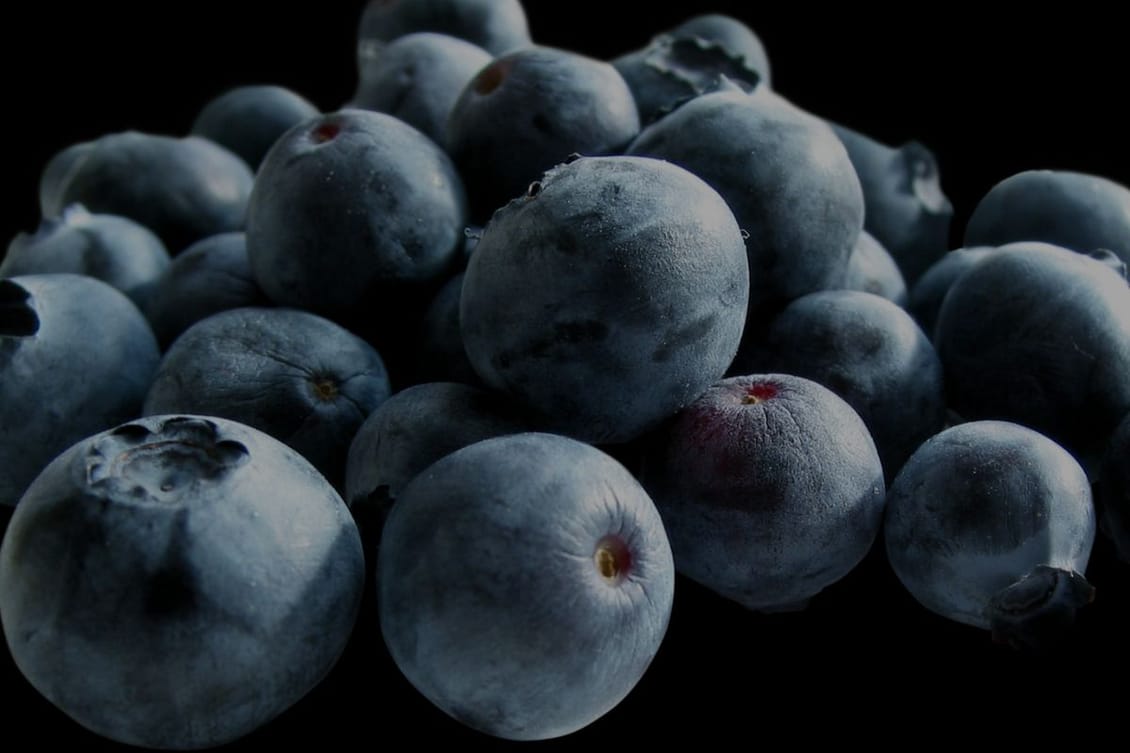
Everyone knows that blueberries are a superfood. Heavily loaded with nutrients, they’ve been hailed for their potential to improve health – lowering blood pressure, preventing heart disease, promoting muscle health, improving memory…and more.
They’re also sweet and (to most people’s tastes) flavourful.
But then consider, for a moment, the blackberry. Another high-flavour burst-in-the-mouth berry, packed with vitamins C, vitamin K, manganese, fibre, and more. Like blueberries, blackberries are nutrient-dense and delicious – and yet they haven’t achieved superfood status.
Essentially, what makes a superfood is…marketing.
And that isn’t necessarily a bad thing. Putting marketing spend behind certain health-supportive products helps to raise awareness about nutrients and compounds that really do improve health, and that has a filter-down effect into consumer diets beyond the superfood in question.
A wide range of studies promote the healthy qualities of blueberries – with one of the most commonly discussed benefits being their antioxidant content. Studies have linked blueberries with improved cognition among older adults; decreased blood pressure and cardiovascular risk factors; and even improved functional mobility.
But according to physician James Hamblin in this article for The Atlantic, the majority of those studies were conducted with an ulterior motive – sponsored by PR campaigns, and manipulated to ensure that the results highlight the very best qualities of the blueberry.
Hamblin wrote that a marketer called John Suave (who was the executive director of the Wild-Blueberry Association of North America from 1993 to 2004) discovered a 1996 study that found dark-coloured fruits had a high antioxidant content – and that out of all the fruits studied, blueberries had the highest levels.
“As a marketer,” Suave told Hamblin, “if your product happens to come out first in something, you might want to look into it.”
And so he did. Along with others in the blueberry industry, he put funding behind the health benefits of blueberries, investing in research that would bolster the berry in public opinion.
“We hit this story right,” he said. “We built it right, we communicated it right, and we got remarkable PR coverage out of it.”
And there’s no real harm in this push to produce positive blueberry research – because blueberries are good for you, and adding more of them into your diet won’t do you any harm.
But for F&B brands, there’s an important point to understand here: it’s about change.
Blueberries didn’t change. But people’s perception of blueberries did change.
And it’s perception that drives product sales.
As far as scientific research is concerned, the phrase ‘superfood’ is essentially meaningless.
According to a report from Harvard, the term itself didn’t originate from dieticians or nutritional scientists, but from food marketers. The earliest recorded example of ‘superfood’ being used dates back to the early 20th century, in the food marketing strategy of a company called the United Fruit Company.
The company was importing bananas to the US. And it published informational pamphlets that included notes on the benefits of bananas and the ‘food value’ of the fruit.
In essence, calling a natural product a superfood (and backing that up with evidence and nutritional information) is a way to encourage more people to eat it.
And it works.
Take your seat at the InFlavour table, a government-backed and world-leading B2B food event by Tahaluf.
E-mail address SubmitWant to keep up to date with all our latest news and information? Enter your name below to be added to our mailing list.
E-mail address Submit